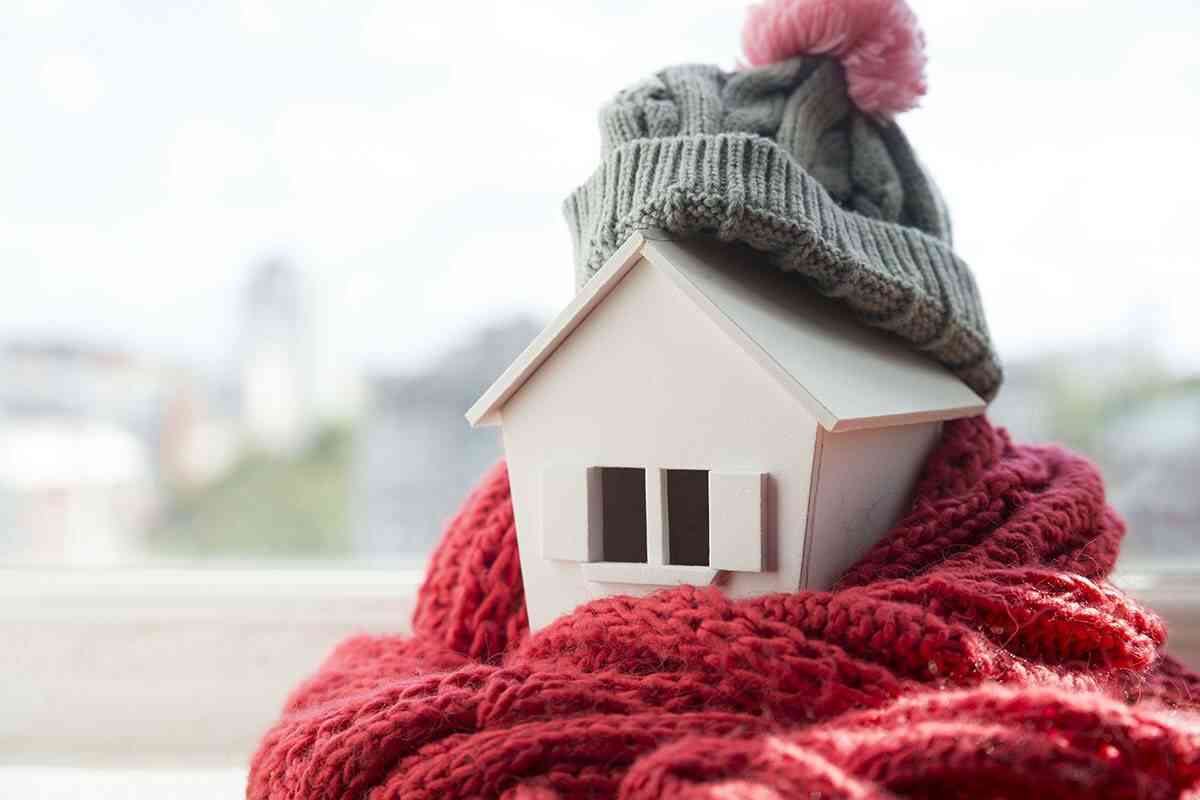8 Effective Tips On How To Prepare Your House For Winter
- - Category: Interior Design
- - 06 Sep, 2022
- - Views: 546
- Save

How to Prepare Your House for Winter
Even if the country house is always under supervision, and any malfunctions and damages are fixed on time, it is important to once again check the operation of all engineering systems, as well as the integrity of building structures. After all, it is in winter that they have to withstand a decent load due to cold temperatures and a large amount of precipitation, so it is important that the house functions properly.
The first general principle of preparing a house and a plot for winter is: to clean up all household, repair, and construction “tails” created over the summer, because in winter, many things become much more laborious in execution, and some things become impossible.
The second principle is to carry out a routine inspection, and, if necessary, repair, the main structures and engineering equipment of the house. In winter, all its systems operate with increased load and the likelihood of their breakdown increases dramatically, and repairs become more complicated.
1. Install snow guards
After making sure that the roof is intact and has no damage, and there are no cracks and gaps in places where it adjoins walls and chimneys, take care of the safety of winter walks in the yard and install snow guards.
2. Clean gutters and chimneys
Trees have already shed their leaves - a major source of gutter contamination - so now is the time to clean them out. If this is not done in time, the leaves, small branches, and dirt that have accumulated in the gutters will freeze with the onset of the first cold weather. All this can seriously impede the drainage of water. If there is a stove or fireplace in the house, don’t delay cleaning the chimney.
3. Do a cleaning
Pay special attention to the attic and basement: the garbage that accumulates in these rooms can provoke the appearance of mold and fungus. If the temperature drops in the basement or cellar, move the home food supplies to a warmer place: low temperatures can damage glass and tins.
4. Replace or insulate windows
Replace worn seals and insulate windows with self-adhesive tape or special energy-saving film. It is better to replace windows if they are old. But if it is not yet possible to change them, fill the window slots with silicone sealant - there will be less blowing.
5. Finish the loops
To prevent the freezing of hinges and locks on entrance doors and gates, don’t forget to thoroughly treat them with special hydrophobic compounds. Silicone-based lubricants or sprays or car lock defrosters are well suited for this purpose. The same must be done with all moving elements and hinges on the windows.
6. Replace batteries in smoke and carbon monoxide detectors
In winter, the room is ventilated less often and natural ventilation deteriorates. This increases the concentration of toxic gases and combustion products in the air, so it is extremely important to once again ensure that the detectors are working properly.
7. Remove branches near the house
Winter precipitation is unpredictable. Tree branches that touch the house or hang over the roof can not withstand the weight of snow or strong gusts of wind and break, thereby damaging the roof, and even causing injury.
8. Stock up on the sand and check the condition of the snowplow
In the case of ice, a couple of buckets of sand should always be at hand. It is important to store the sand in a dry and relatively warm room, otherwise, it may become damp and, when exposed to low temperatures, turn into a useless icy block. You should also inspect shovels and snowplows in advance for damage and provide them with unhindered access.


